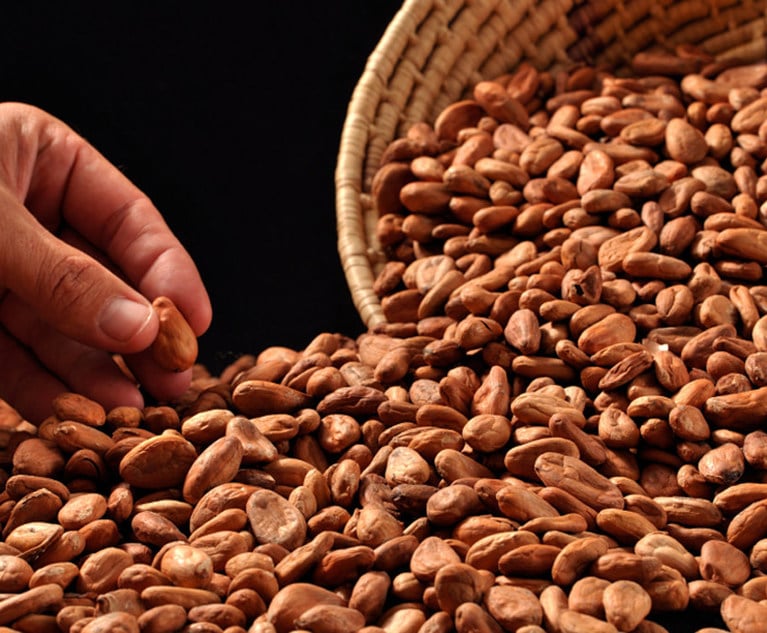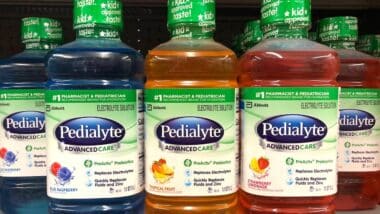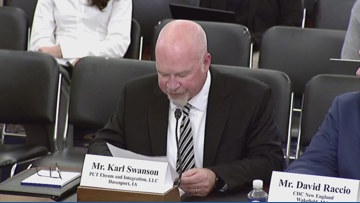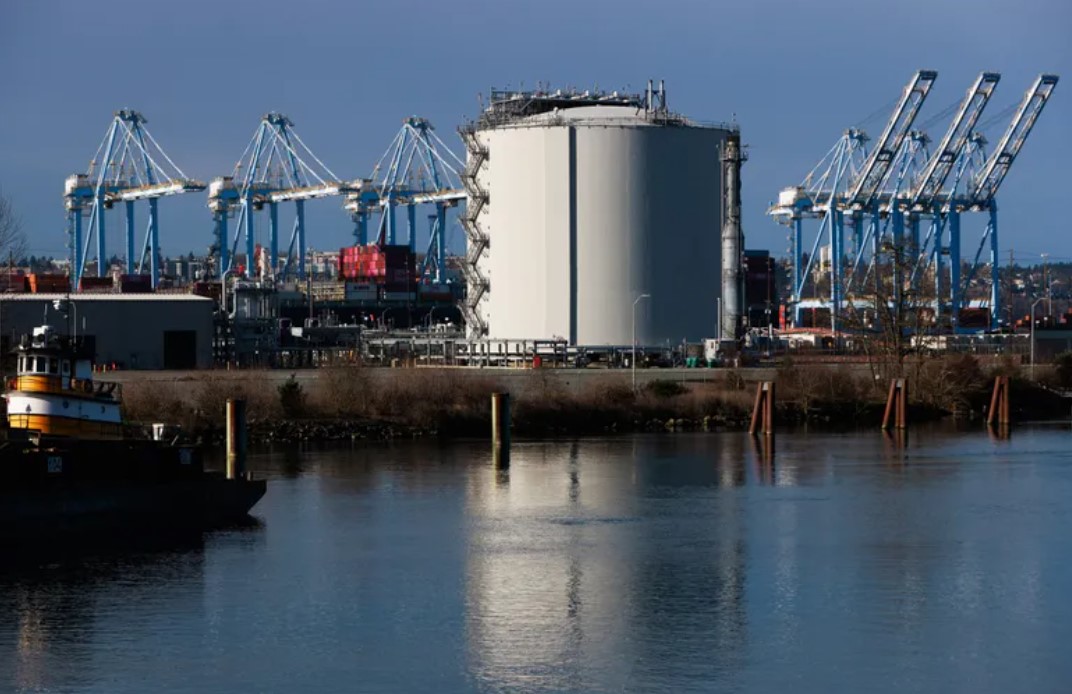The Journey of a Cocoa Bean: Unveiling Hidden Stages and Exploitation

The path of a cocoa bean from a West African plantation to the chocolate bars we consume is a convoluted one, with many key stages along the way hidden in the shadows.
Most consumers are either unaware of or content to ignore potential exploitation in the refinement process, even if it relates to children. It’s easier to throw the wrapper in the bin and move on.
The Importance of Sustainable Development Goals (SDGs)
The Sustainable Development Goals (SDGs) play a crucial role in addressing the hidden stages and exploitation within the cocoa bean supply chain. These goals, established by the United Nations, aim to achieve a sustainable and equitable future for all.
Key Stages in the Cocoa Bean Supply Chain
- Cultivation: Cocoa beans are grown on West African plantations, where farmers face numerous challenges such as low income and lack of access to education and healthcare.
- Harvesting: The beans are carefully picked by hand, a labor-intensive process that often involves child labor and hazardous working conditions.
- Processing: The harvested beans undergo fermentation and drying, which can be done on-site or at centralized facilities. This stage is susceptible to exploitative practices and poor working conditions.
- Transportation: The beans are transported to processing facilities, often over long distances and through multiple intermediaries. This can lead to price fluctuations and lack of transparency in the supply chain.
- Manufacturing: The processed cocoa beans are transformed into chocolate bars through various manufacturing processes. This stage may involve unethical practices, such as the use of child labor or unsustainable sourcing of ingredients.
Addressing Exploitation and Achieving the SDGs
To ensure a sustainable and ethical cocoa bean supply chain, it is essential to prioritize the following SDGs:
- SDG 1: No Poverty – By improving the income and living conditions of cocoa farmers, we can reduce poverty and promote economic growth in cocoa-producing regions.
- SDG 4: Quality Education – Providing access to education for cocoa farming communities can empower individuals and break the cycle of child labor.
- SDG 8: Decent Work and Economic Growth – Promoting fair trade practices, safe working conditions, and decent wages in the cocoa industry can contribute to sustainable economic growth.
- SDG 12: Responsible Consumption and Production – Encouraging consumers to choose ethically sourced chocolate and supporting sustainable production methods can drive positive change in the industry.
- SDG 16: Peace, Justice, and Strong Institutions – Strengthening regulations, enforcing labor rights, and combating child labor within the cocoa supply chain are essential for achieving justice and peace.
By aligning our actions with the SDGs, we can unveil the hidden stages and exploitation in the cocoa bean supply chain and work towards a more sustainable and equitable future for all.
SDGs, Targets, and Indicators
1. SDGs addressed or connected to the issues highlighted in the article:
- SDG 8: Decent Work and Economic Growth
- SDG 12: Responsible Consumption and Production
- SDG 16: Peace, Justice, and Strong Institutions
2. Specific targets under those SDGs based on the article’s content:
- Target 8.7: Take immediate and effective measures to eradicate forced labor, end modern slavery and human trafficking, and secure the prohibition and elimination of the worst forms of child labor.
- Target 12.3: By 2030, halve per capita global food waste at the retail and consumer levels and reduce food losses along production and supply chains, including post-harvest losses.
- Target 16.2: End abuse, exploitation, trafficking, and all forms of violence against and torture of children.
3. Indicators mentioned or implied in the article:
- Indicator for Target 8.7: Proportion and number of children aged 5-17 years engaged in child labor, by sex and age group.
- Indicator for Target 12.3: Food loss index.
- Indicator for Target 16.2: Number of victims of human trafficking per 100,000 population, by sex, age group, and form of exploitation.
Table: SDGs, Targets, and Indicators
| SDGs | Targets | Indicators |
|---|---|---|
| SDG 8: Decent Work and Economic Growth | Target 8.7: Take immediate and effective measures to eradicate forced labor, end modern slavery and human trafficking, and secure the prohibition and elimination of the worst forms of child labor. | Proportion and number of children aged 5-17 years engaged in child labor, by sex and age group. |
| SDG 12: Responsible Consumption and Production | Target 12.3: By 2030, halve per capita global food waste at the retail and consumer levels and reduce food losses along production and supply chains, including post-harvest losses. | Food loss index. |
| SDG 16: Peace, Justice, and Strong Institutions | Target 16.2: End abuse, exploitation, trafficking, and all forms of violence against and torture of children. | Number of victims of human trafficking per 100,000 population, by sex, age group, and form of exploitation. |
The article highlights the issues related to child labor, exploitation, and responsible consumption in the cocoa industry. These issues are connected to several SDGs. SDG 8 focuses on decent work and economic growth, which includes eradicating forced labor, modern slavery, and child labor (Target 8.7). SDG 12 addresses responsible consumption and production, aiming to reduce food waste and losses along supply chains (Target 12.3). SDG 16 aims to promote peace, justice, and strong institutions, including ending child abuse, exploitation, and trafficking (Target 16.2).
The article implies specific indicators that can be used to measure progress towards the identified targets. For Target 8.7, the indicator is the proportion and number of children engaged in child labor, categorized by sex and age group. For Target 12.3, the indicator is the food loss index, which measures the amount of food wasted along production and supply chains. Finally, for Target 16.2, the indicator is the number of victims of human trafficking per 100,000 population, categorized by sex, age group, and form of exploitation.
Copyright: Dive into this article, curated with care by SDG Investors Inc. Our advanced AI technology searches through vast amounts of data to spotlight how we are all moving forward with the Sustainable Development Goals. While we own the rights to this content, we invite you to share it to help spread knowledge and spark action on the SDGs.
Fuente: law.com

Join us, as fellow seekers of change, on a transformative journey at https://sdgtalks.ai/welcome, where you can become a member and actively contribute to shaping a brighter future.






